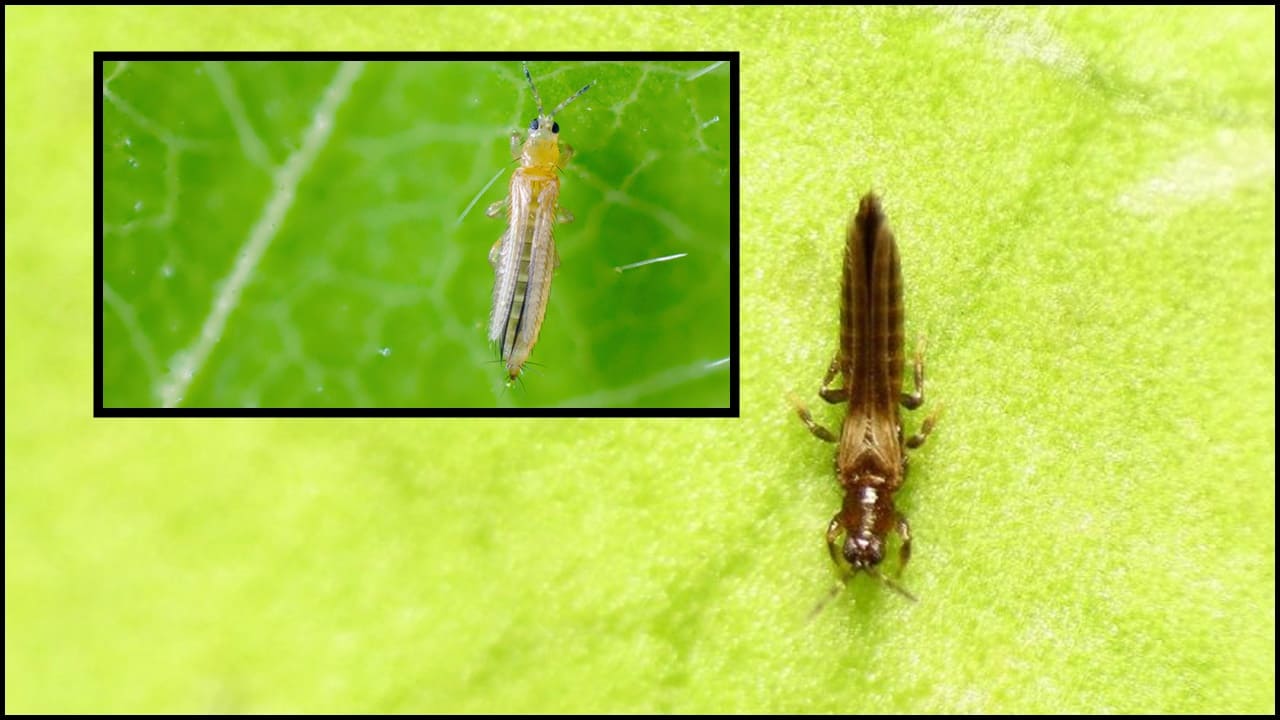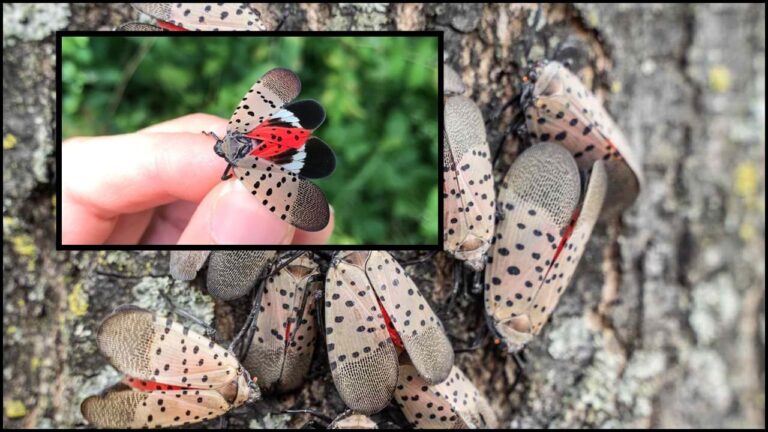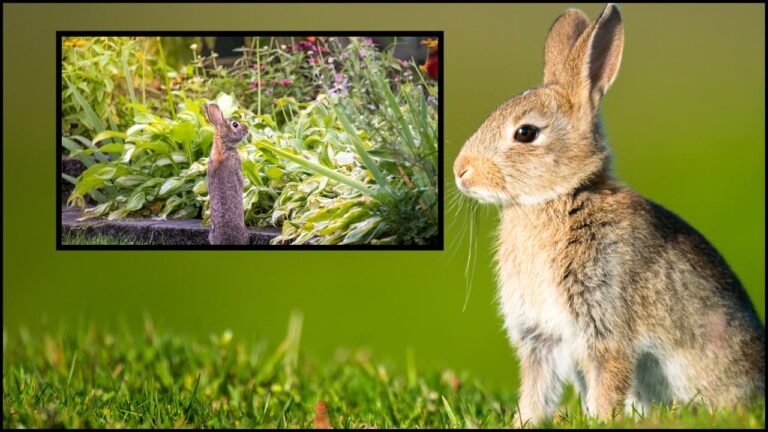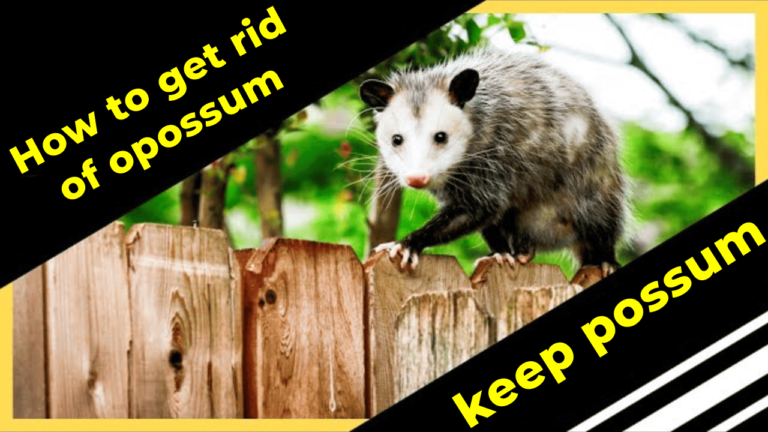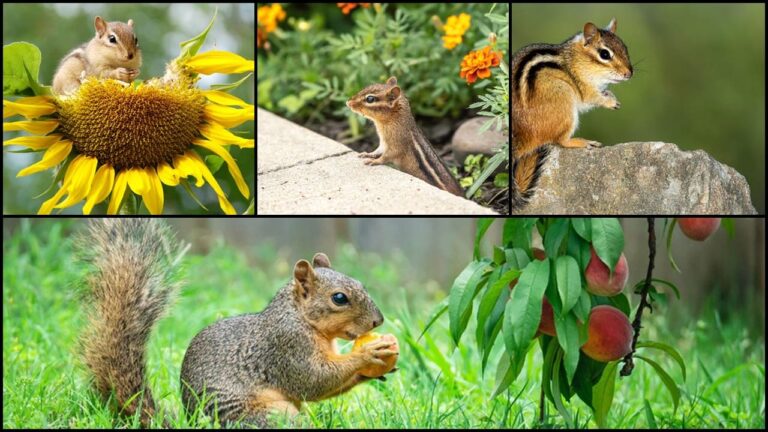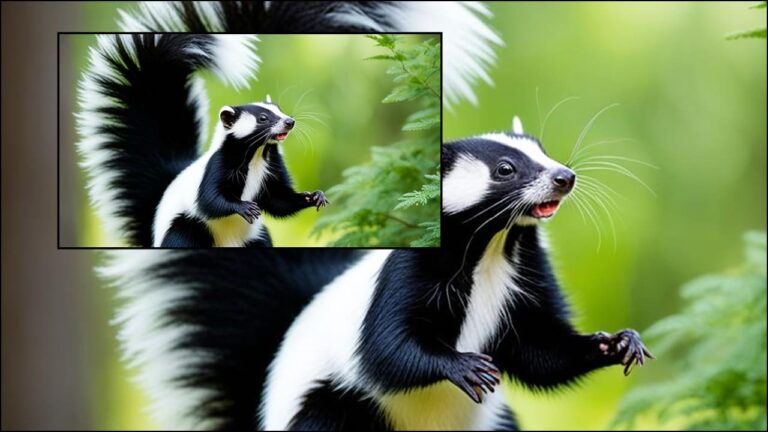Thrips: The Tiny Menace Threatening Your Plants
Thrips may be small, but their impact on gardens, houseplants, and greenhouses can be significant. These tiny, sap-sucking insects thrive in warm conditions and often go unnoticed until they’ve caused serious damage. With their ability to multiply rapidly, it’s essential to understand how to identify, prevent, and control thrips before they wreak havoc on your beloved plants.
What Are Thrips?
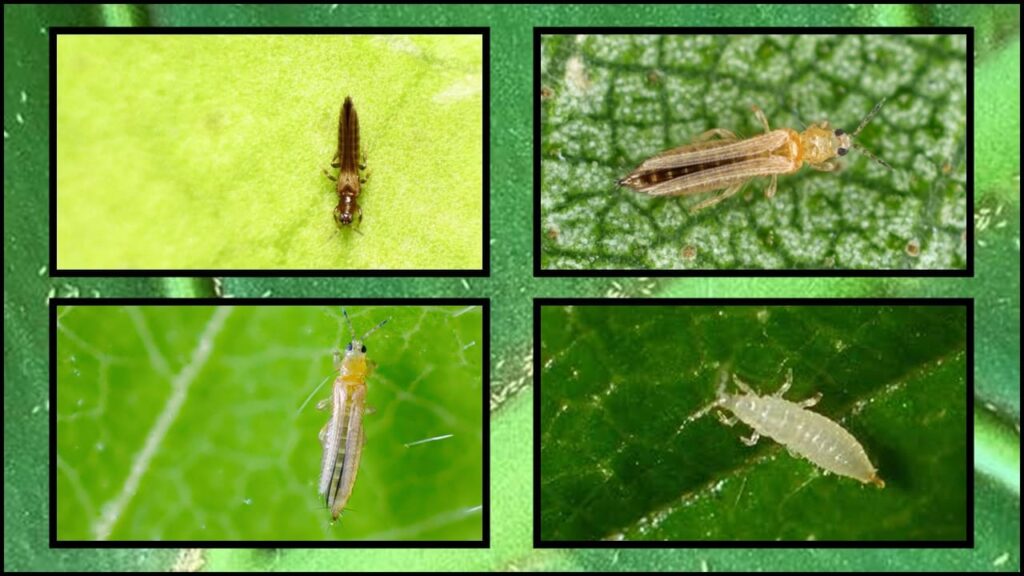
Thrips are slender, soft-bodied insects, measuring just 1/25 inch in length. They come in shades of brown, black, or yellow, with narrow, fringed wings. Though poor fliers, they easily spread via wind or by hitching rides on plants and tools. Their lifecycle is quick and prolific—eggs hatch within 5 days, and adults emerge in just 2-3 weeks, producing up to 15 generations in a single season. These pests overwinter in soil, bark, or plant debris, ready to resume their destruction when conditions warm.
Recognizing Thrips Damage
Detecting thrips early is crucial. These pests attack by feeding on plant sap, leaving behind telltale signs such as:
- Streaked, yellowed, or bleached leaves with a silvery sheen.
- Deformed buds, flowers, or fruit, often leading to stunted growth.
- Sticky honeydew residue and black frass (insect waste).
- Dark, sooty mold developing on honeydew-coated surfaces.
- Wilted plants or the spread of diseases like plant wilt.
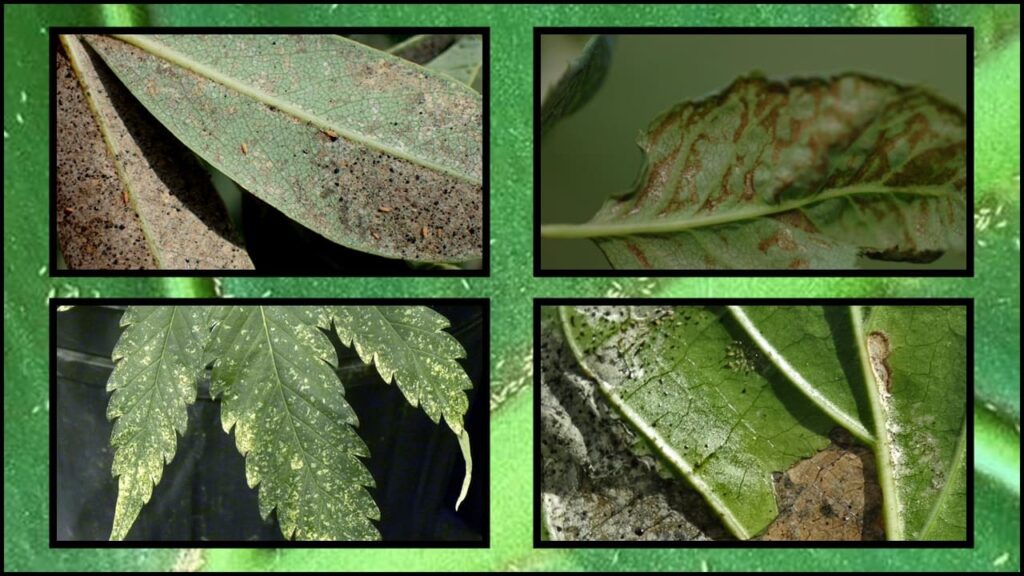
To confirm their presence, gently shake affected leaves over a white sheet of paper; thrips, if present, will become visible as they fall. Blue sticky traps are another excellent way to detect infestations early.
Preventing Thrips: The Best Defense
Prevention is key when it comes to protecting your plants from thrips. By following these strategies, you can significantly reduce the risk of an infestation:
- Inspect New Plants: Quarantine any new additions to your garden or home for at least 30 days. Carefully check for pests before introducing them to other plants.
- Keep Plants Healthy: Thrips are less likely to attack robust, well-cared-for plants. Provide proper light, water, and nutrients, but avoid overfertilizing, which can encourage tender new growth that attracts pests.
- Clean Up Debris: Remove weeds and plant litter where thrips like to hide and overwinter.
- Companion Planting: Use natural repellents like basil, garlic, and oregano, or attract predatory insects by planting dill, yarrow, and parsley.
- Reflective Mulches: Aluminum foil or reflective mulches can confuse thrips, making it harder for them to locate your plants.
- Choose Resistant Plants: Opt for varieties less appealing to thrips. For example, dark-colored roses with tight buds are less likely to attract western flower thrips.
How to Get Rid of Thrips
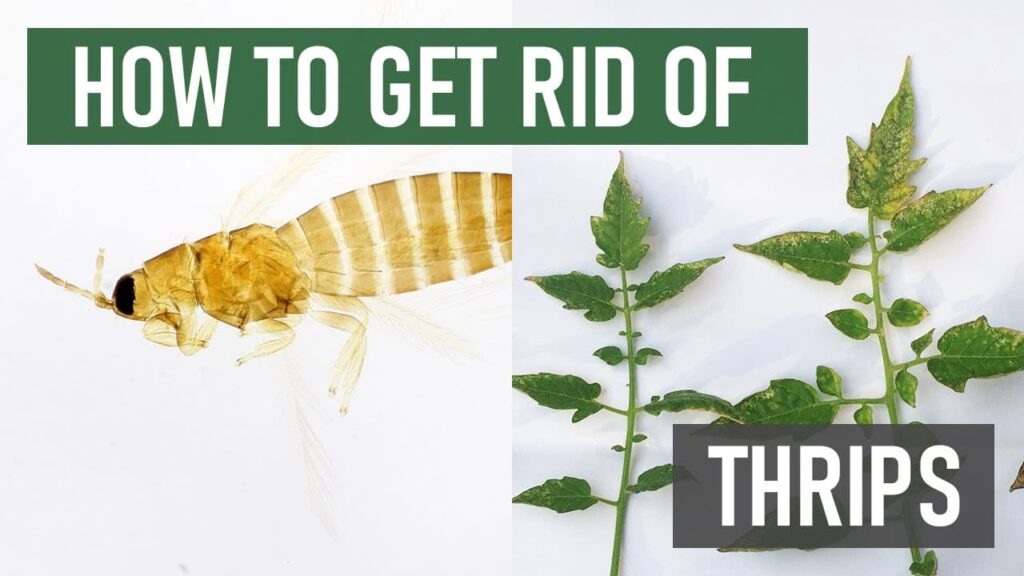
If thrips have already invaded, don’t panic. There are several natural and effective ways to manage an infestation without resorting to harsh chemicals that harm beneficial insects.
- Prune Infested Leaves and Stems
Remove and dispose of heavily affected plant parts to stop thrips from spreading. - Rinse with Water
Use a garden hose or shower to dislodge thrips, focusing on the undersides of leaves. - Apply Insecticidal Soap or Neem Oil
Spray affected plants, taking care to avoid flowers and sensitive foliage. Repeat treatments every 7-10 days to disrupt the lifecycle. - Use Diatomaceous Earth
Sprinkle this natural powder on plants and surrounding soil. Its sharp particles cut through the thrips’ outer layer, ultimately dehydrating and killing them. - Introduce Natural Predators
Release beneficial insects like ladybugs, lacewings, or parasitic wasps into your garden. These predators feed on thrips and help restore balance to your ecosystem. - Dispose of Severely Infested Plants
In extreme cases, removing and discarding heavily affected plants may be the best way to prevent the infestation from spreading further.
Thrips on Houseplants
Houseplants are particularly vulnerable to thrips because they are often in controlled environments where predators are absent. To protect your indoor greenery:
- Quarantine new plants for at least 30 days.
- Rinse plants regularly to remove dust and pests.
- Prune infested leaves and dispose of them properly.
- Use sticky traps to monitor and reduce thrip populations.
Thrips: A Persistent Threat
Thrips are not just a nuisance; they are persistent pests that can cause widespread damage if left unchecked. Their ability to feed on a wide variety of plants, from crops to ornamentals, makes them a challenge for gardeners. By staying vigilant, adopting preventative measures, and using natural controls, you can protect your plants and enjoy a thriving, healthy garden.
Thrips may be tiny, but with the right approach, they don’t stand a chance. Turn your garden into a fortress of healthy, vibrant plants by following these simple yet effective strategies. Nature, after all, always finds a way to restore balance!

